EVERY city in Spain has fascinating stories to tell and historic artefacts to show off, but did you know which were once former capitals of Spain?
The Olive Press takes a look at the ten forgotten capitals, once seats of Spanish power.
1. Cordoba
The southern Spanish city of Cordoba has a long and captivating history, it prospered under Roman rule becoming the capital of the province of Hispania Ulterior.
But the city’s true splendour came a few centuries later in 759 when, at the height of the Muslim conquest of the peninsula it became the capital of Islamic Spain, in which time exiled Syrian prince Abd Al-Rahman I declared himself ruler of the country’s Muslims.
The Great Mosque, his masterpiece, is one of the world’s greatest Islamic buildings, an authentic architectural treasure declared a World Heritage Site in 1984.
By the time Abdir Al-Rahman III became ruler of Moorish Spain in 929, Cordoba was Europe’s largest and most advanced city where Christians, Jews and Muslims co-existed in relative harmony.
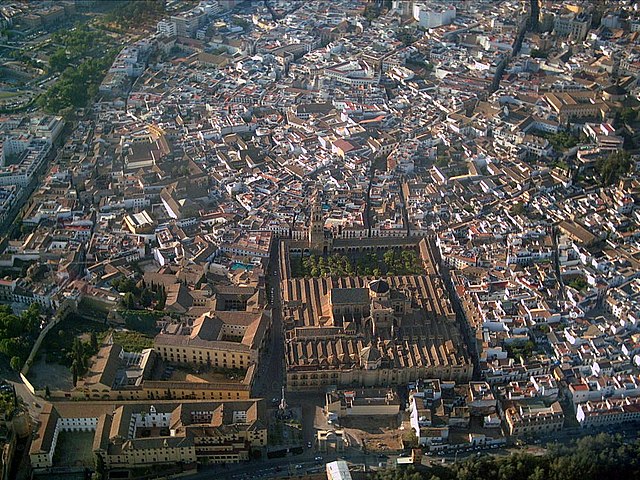
2. Cangas de Onis
Located just a few kilometres from Covadonga, Cangas de Onis is the gateway to Spain’s Picos de Europa and claims to be the ‘first capital of the Kingdom of Spain’ and is where Pelayo, a Visigoth noble set up his court in the 8th century.
Modern-day Cangas de Onis has only one major monument standing, the so-called Roman Bridge, built in the 1300s over the River Sella, and although nowadays there isn’t much to Cangas except for two or three major streets, it once formed the nucleus of what would ultimately become the Spain known and loved today.
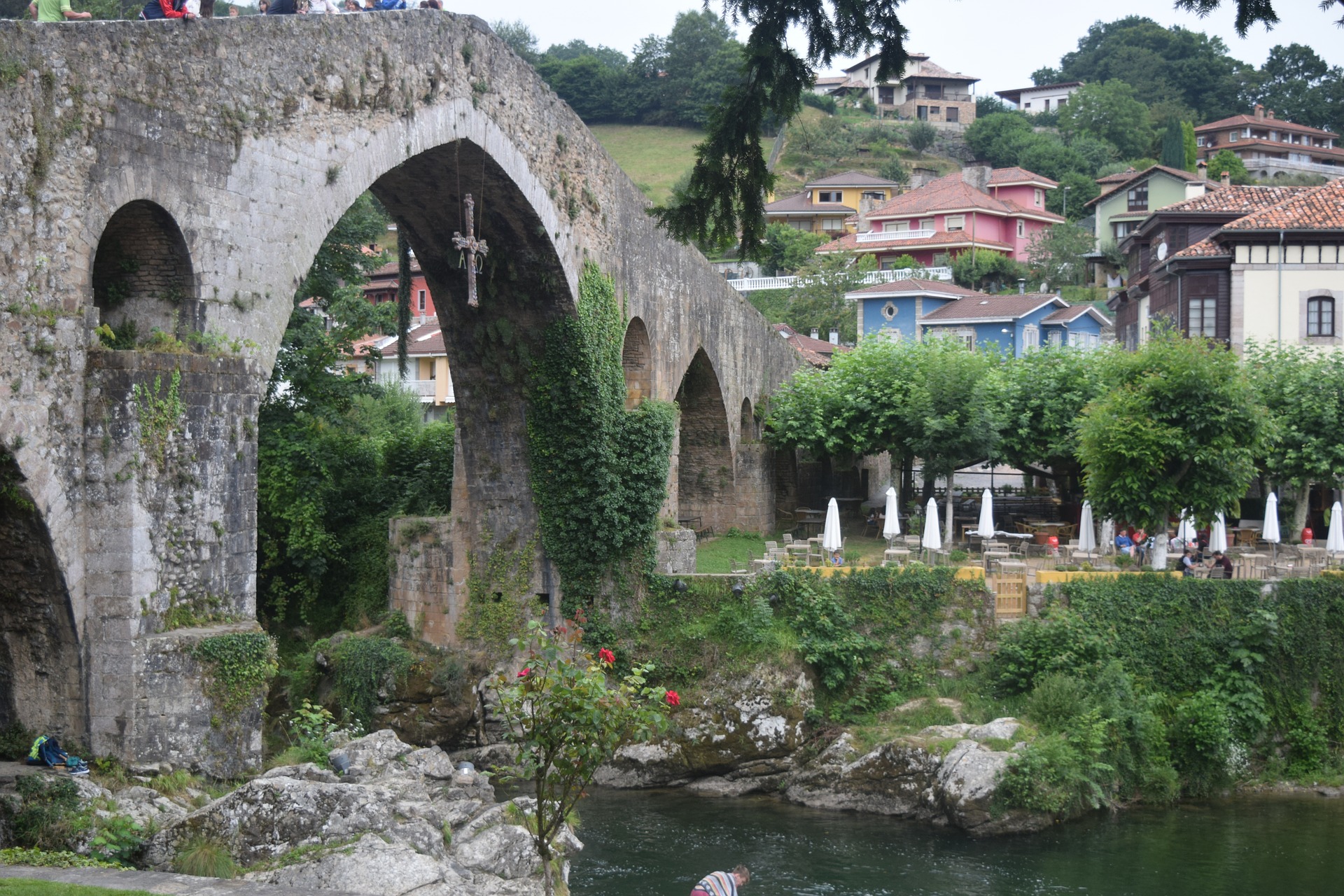
3. Barcelona
When the Roman Empire collapsed, the region fell into the hands of the Germanic Visigoths who quickly made Barcelona, formerly known as Barcino, the capital of their kingdom.
Barcino returned to its role as a provincial centre when the Visigoths, led by King Liuvigild, considered one of the greatest Visigothic kings of the Arian period, moved the Visigoths capital to Toledo in 576.
Extensive archaeological excavations from this important period can be found in the basement of the Museu d’Història de la Ciutat, giving a glimpse into the past of this spectacular city.
It’s worth noting that Barcelona was also the capital of the Republic of Spain from November 1937 until January 1939, during the Spanish Civil War.
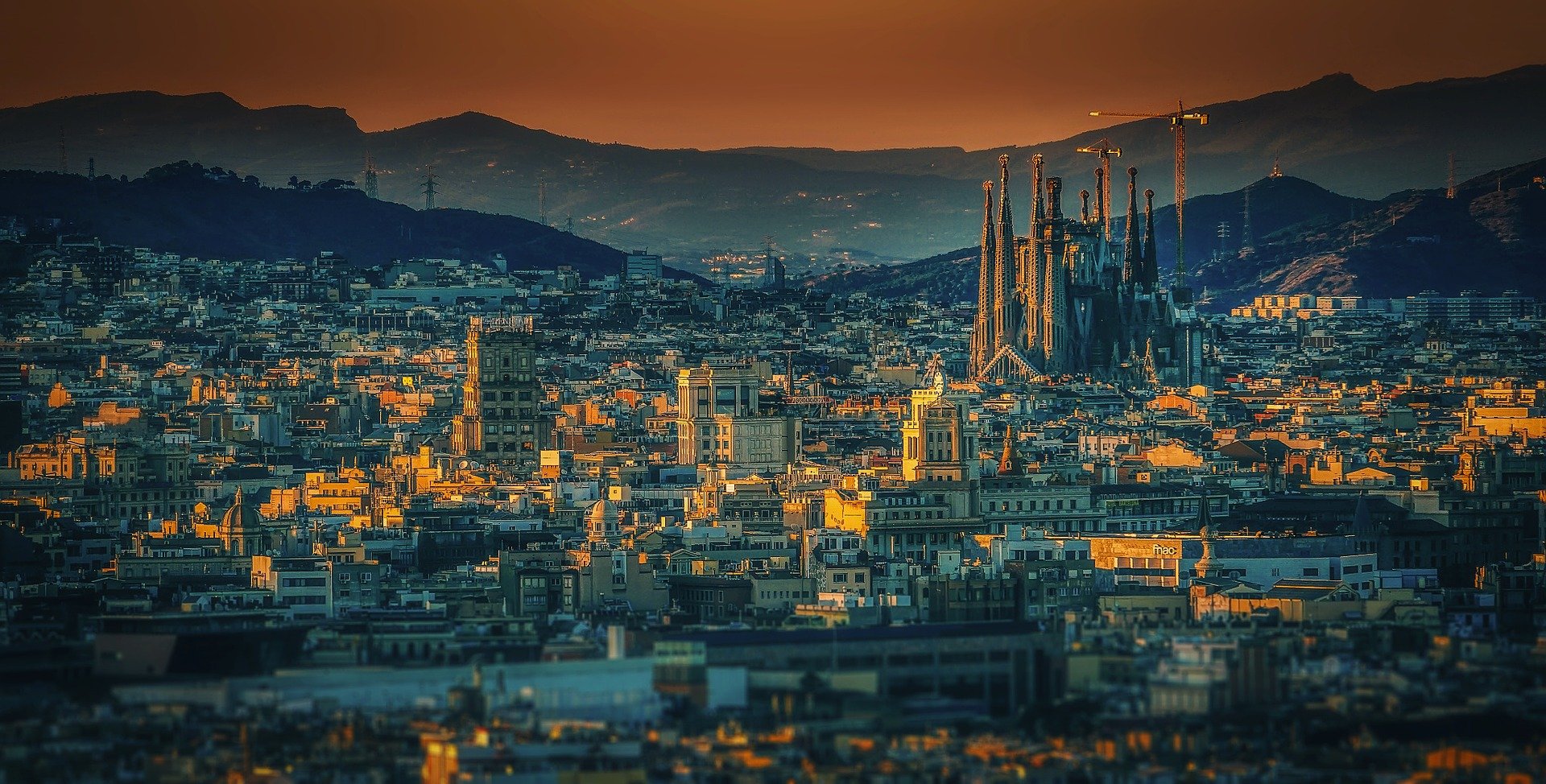
4. Toledo
Known to the Romans as Toletum, Toledo has been the capital of Spain at two very important moments of Spanish history.
The first, in the 6th century, when King Liuvigild launched it into prominence by moving the epicentre of Visigothic power from Barcelona to Toledo and with it locating political power in the centre of the peninsula for the first time in Spanish history.
The second, in the 16th century, when Emperor Charles I of Spain and V of Germany established Toledo as the capital of his empire.
Toledo remained the capital of Spain until 1561, when the honour went to Madrid.
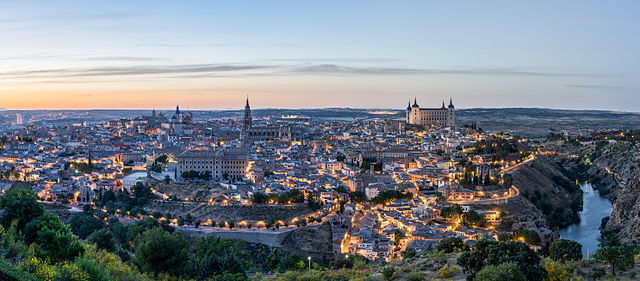
5. Madrid
Madrid became the permanent capital of Spain for both civilian government and the monarchy Philip III, an entire generation after Philip II took the court to Madrid in 1561.
The move to take to court to Madrid, primarily because of its geographical location in the heart of the Iberian Peninsula, would forever change the history of the city which at that time was just one more city in the kingdom.
From this moment the accelerated growth of this city began, although between 1601 and 1939 the Cortes ended up passing through cities such as Valladolid, Cadiz, Sevilla, Valencia and even Burgos.
In 1939, the capital of Spain returned to Madrid on a permanent basis.
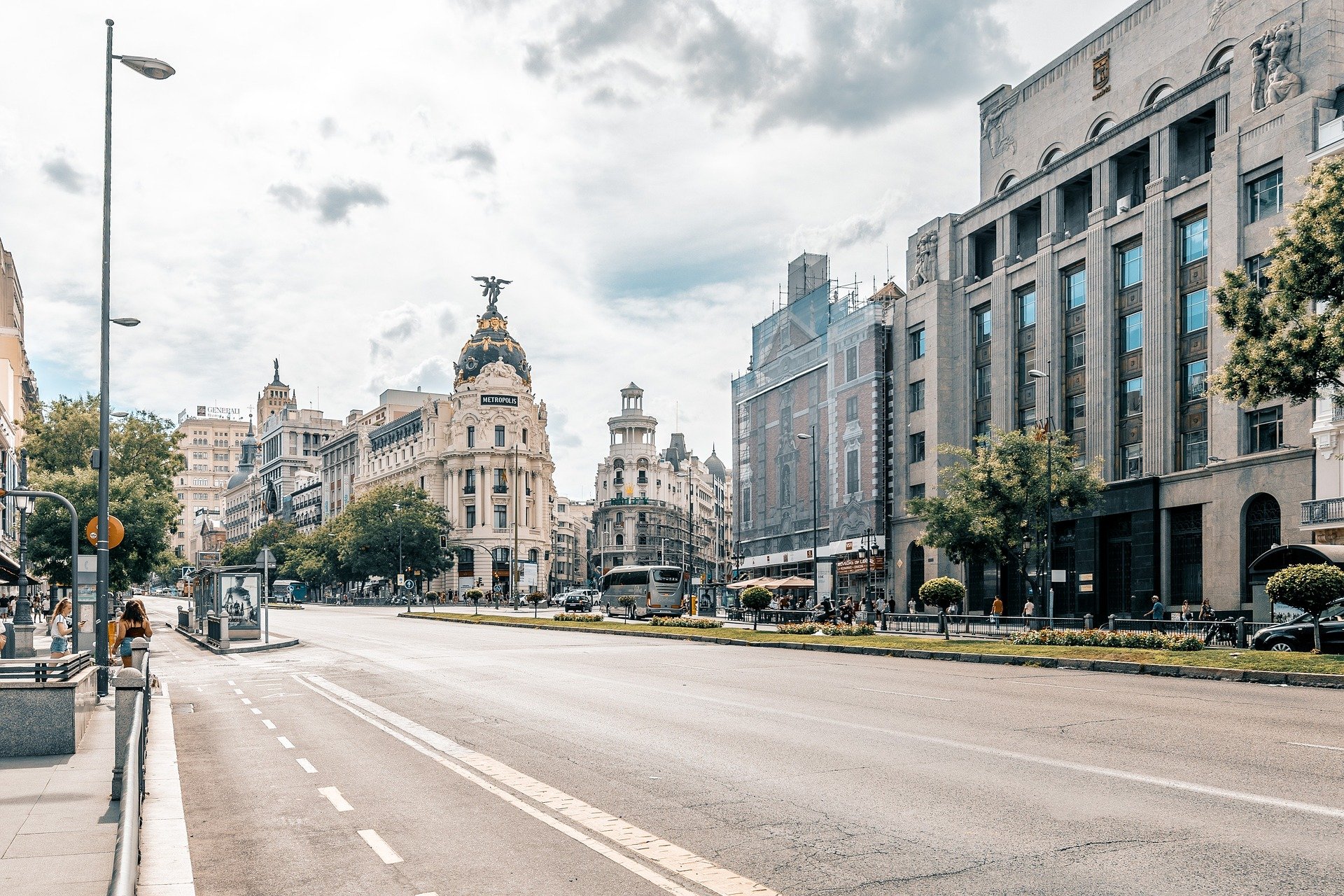
6. Valladolid
The city’s history stretches back a thousand years and it has always been a point of reference, especially in the Middle Ages, but the key turning point for Valladolid came in 1601, when the Duke of Lerma, Philip III’s favourite advisor, succeeded in transferring the Court of Madrid to this Castilian city.
This unexpected event made Valladolid the capital of the Empire from 1601 to 1606, an occurrence which brought the city its moment of maximum splendour.
Nowadays Valladolid is known as a major industrial and commercial centre, showcasing an impressive architectural display and is home to a handful of excellent museums, one of which is dedicated to the life of the great explorer Christopher Columbus who died in Valladolid in 1506.
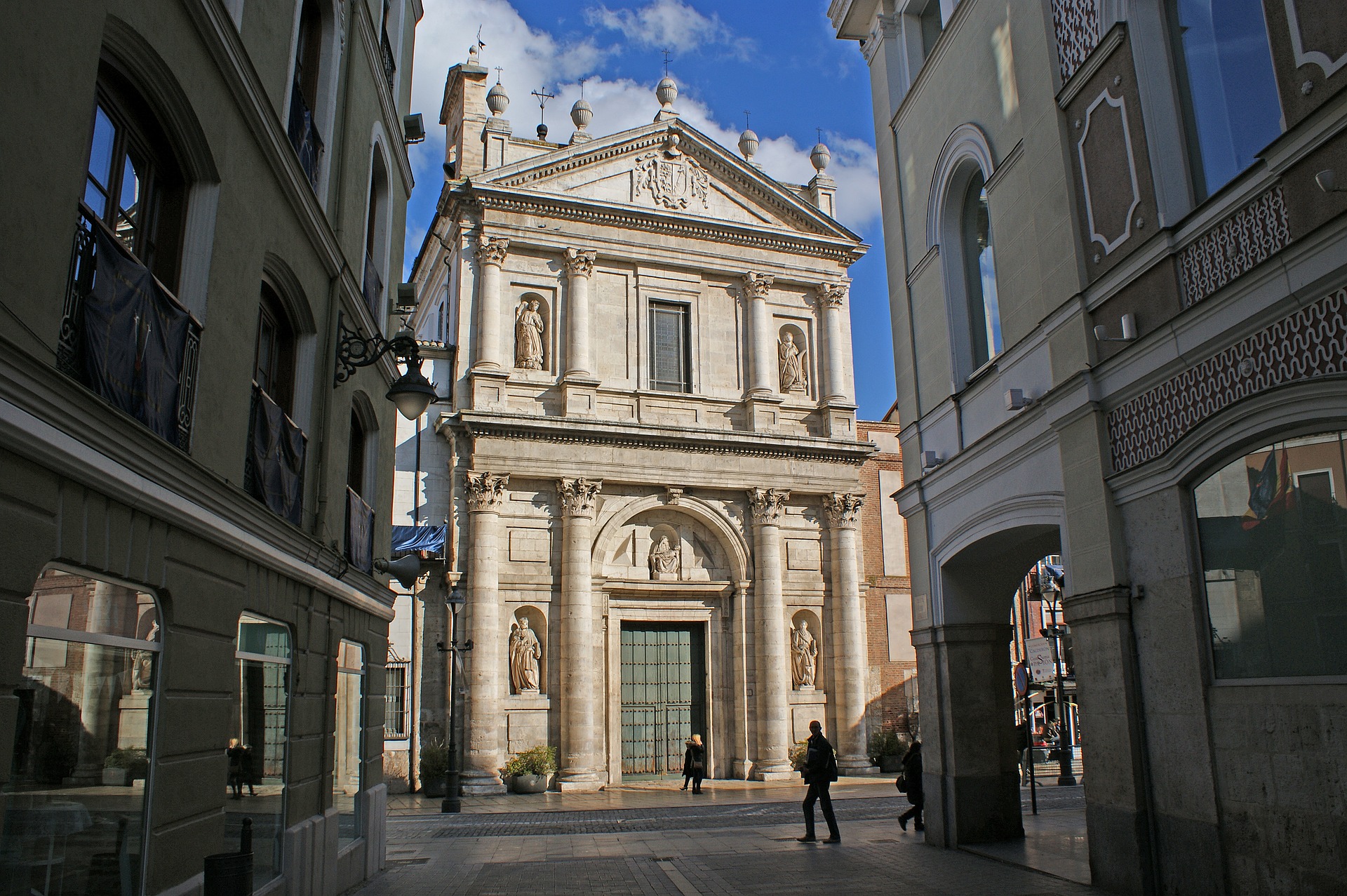
7. Sevilla
Sevilla was the capital of Spain for two years during the Napoleonic wars (between 1808 and 1810). In those years a large part of Spanish territory was invaded by Napoleon’s troops and some of the heaviest fighting took place in Sevilla.
On December 16, 1808 Count Floridablanca, president of the Supreme Central and Governing Junta of Spain summoned the Junta to Sevilla, from which time Sevilla became the Spanish capital with the Real Alcazar becoming the headquarters of the ‘Junta Central’.
This came to an end in January 1810 when Sevilla surrendered to Napoleon’s troops.
Since June 30, 1982, Sevilla has been the political capital of Andalucia.
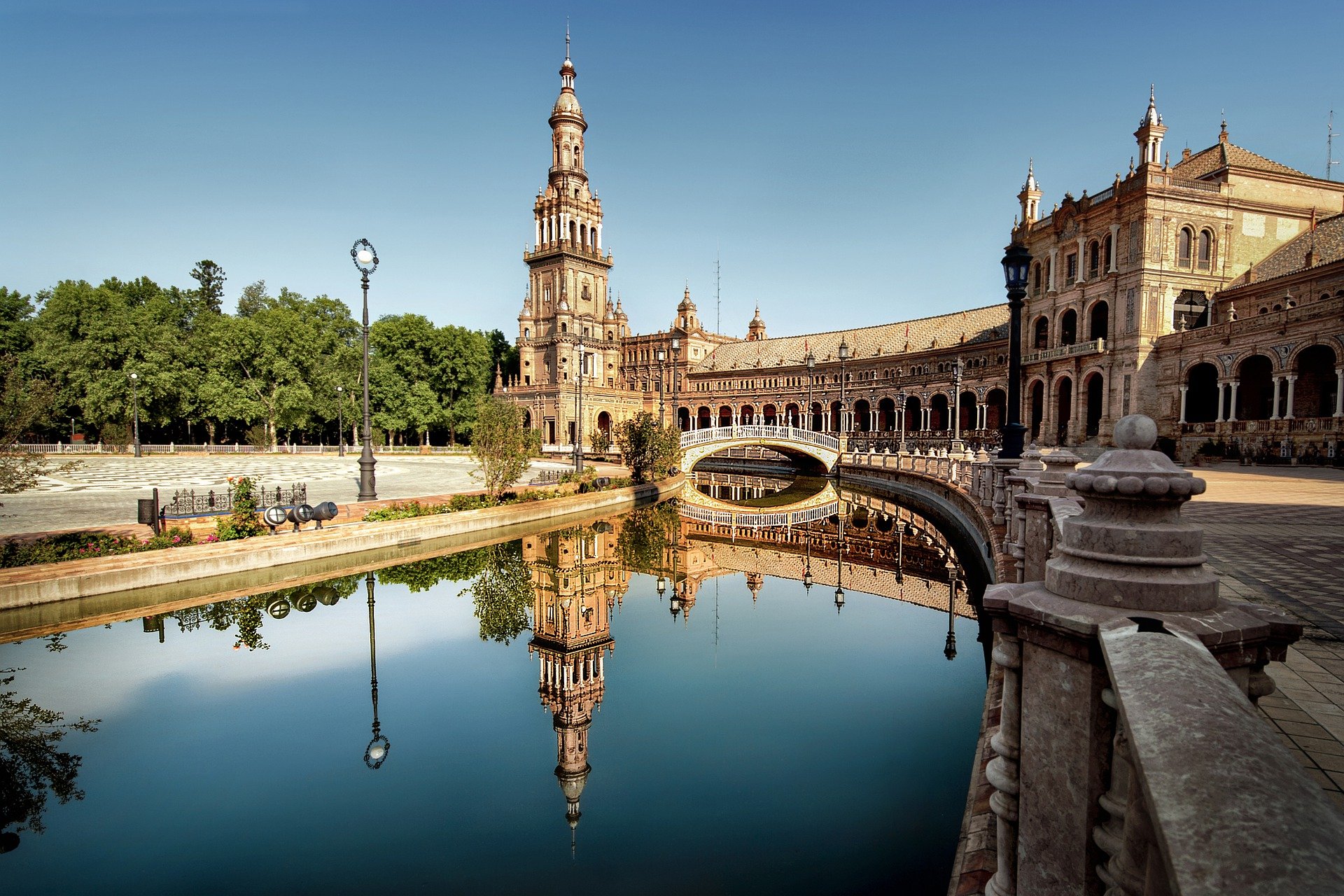
8. Cadiz
Considered to be the oldest inhabited city in Europe, Cadiz was found as ‘Gadir’ by the Phoenicians in 1.100 BC.
Between the years 1810 and 1813, where the Cortes was moved after the surrender of Sevilla during the Napoleonic occupation, Cadiz became the capital of Spain.
It was in this south-western city, currently famed for its stunning beaches, rich history and architectural beauty, where the Spanish Constitution of 1812, ‘La Pepa’, was proclaimed.
Due to its position as the centre of sea routes, Cadiz monopolized all trade within Spain during its golden age in the 18th century.
Today, this past is still visible in its architecture. The older quarters of Cadiz are a reminder of its colonial times: long and narrow streets, sunny squares, and magic gardens.
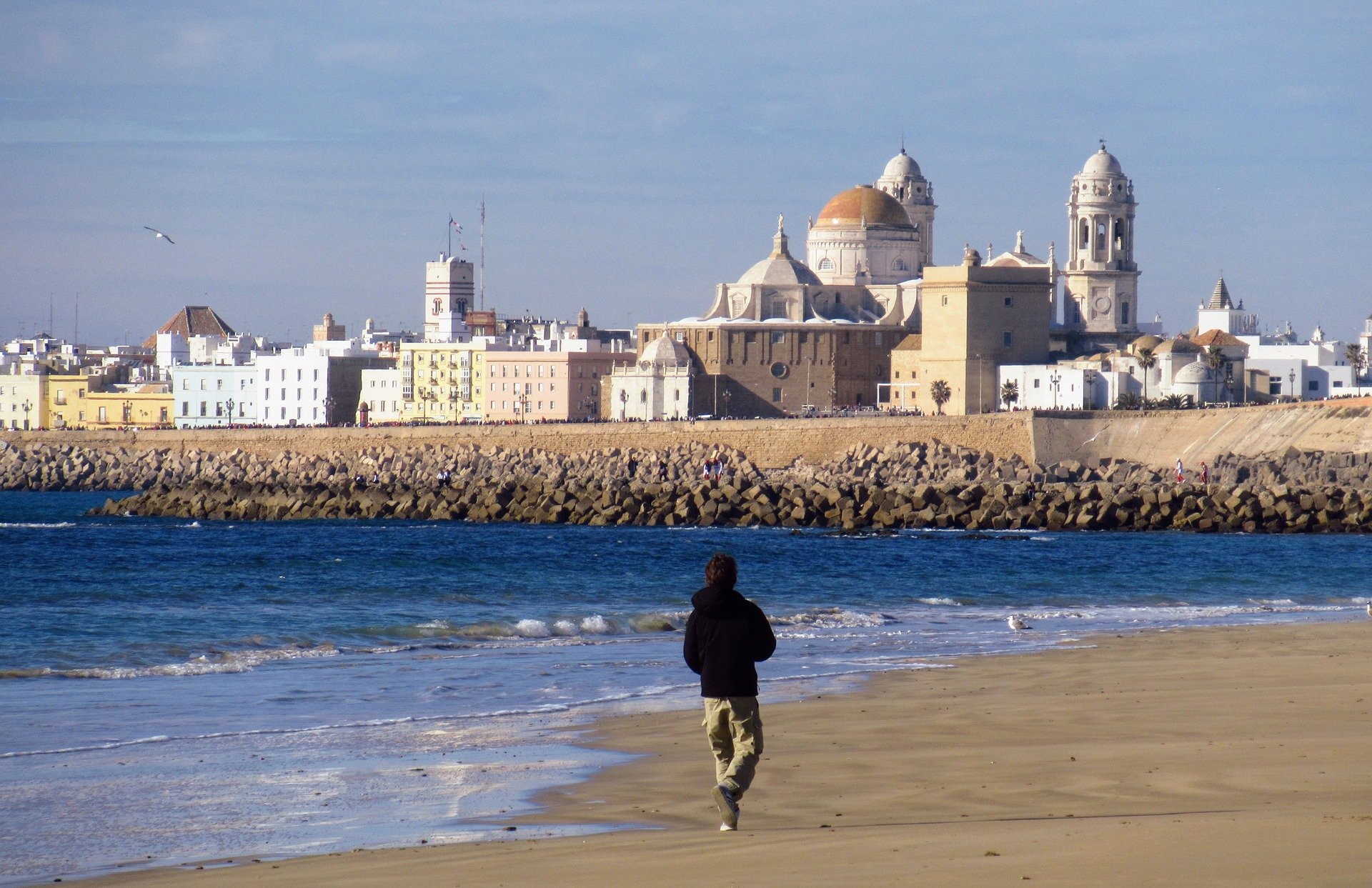
9. Valencia
Surrounded by orange orchards and sandy beaches, Valencia was also once the capital of its own kingdom when, between November 1936 and October 1937, the capital of the Republican government was moved to Valencia, amidst fears of losing Madrid.
On 30 March 1939, after the fall of Catalunya and most other Republican territory, Valencia surrendered to Franco’s forces, thus ending the war and the capital of Spain returned to Madrid
Nowadays, the city of Valencia is one of the largest and liveliest cities in Spain.
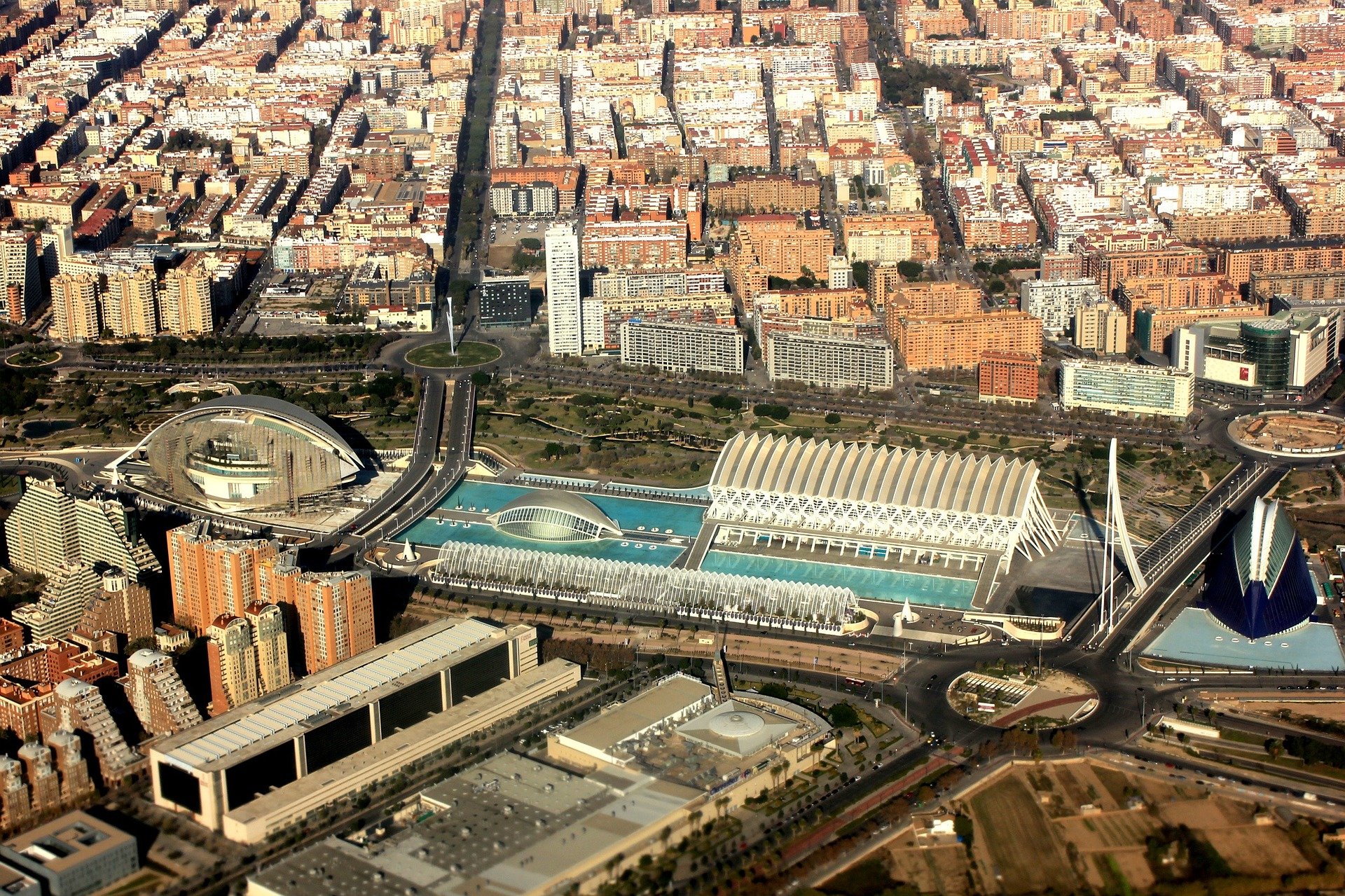
10. Burgos
The government of the Republic moved between 1936 and 1939 from Valencia, to Barcelona and finally, Burgos, a city which between April 1 and October 18 1939, was the capital of the Spanish uprising, coinciding with the end of the Spanish Civil War.
As soon as the war ended, Franco decided to once again grant Madrid capital status, a position it has held since then.
Today, the medieval town of Burgos is celebrated for its magnificent cathedral, and is still an important stop on the Way of Saint James pilgrimage trail to Santiago de Compostela.
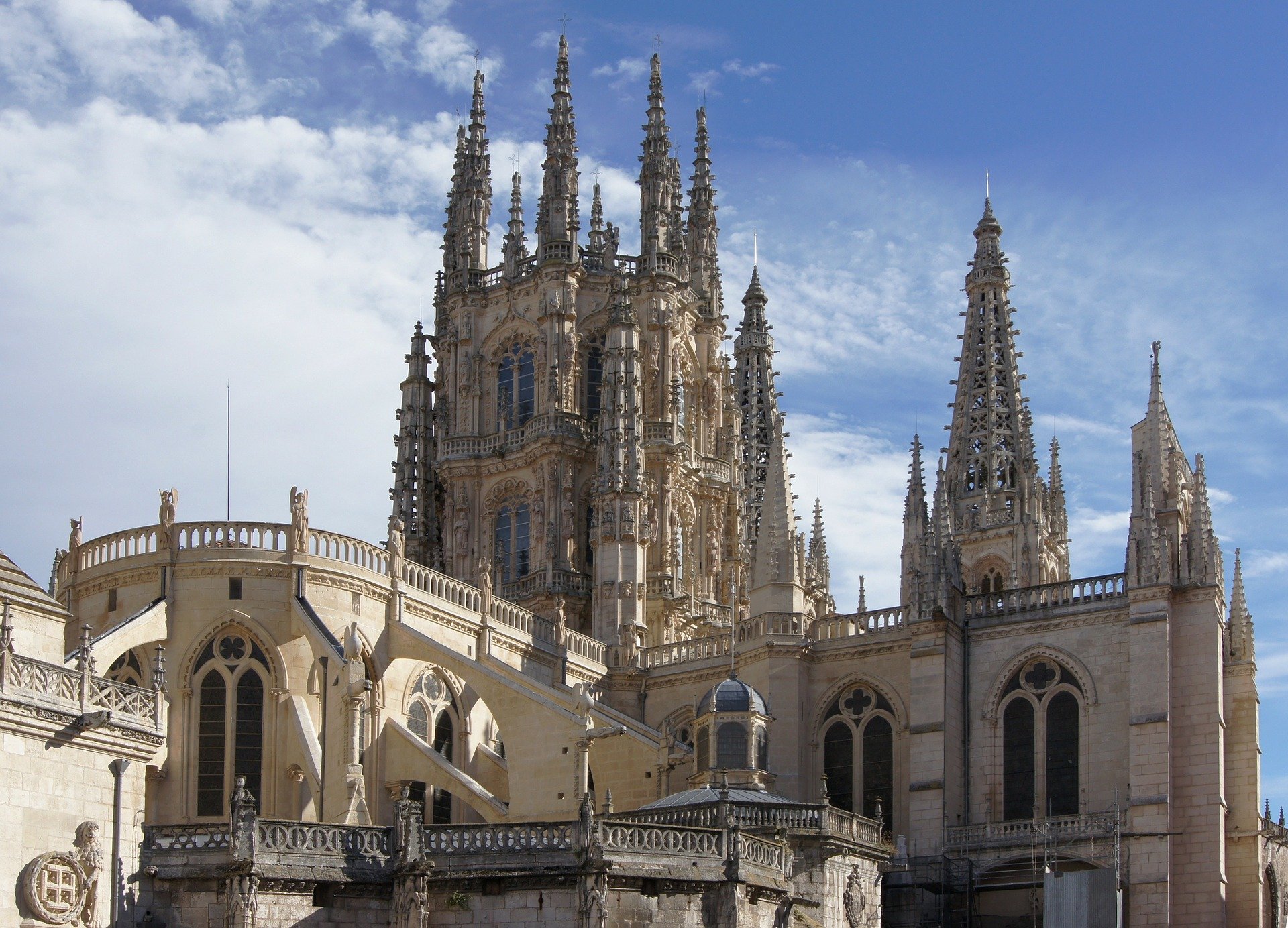
READ MORE:
